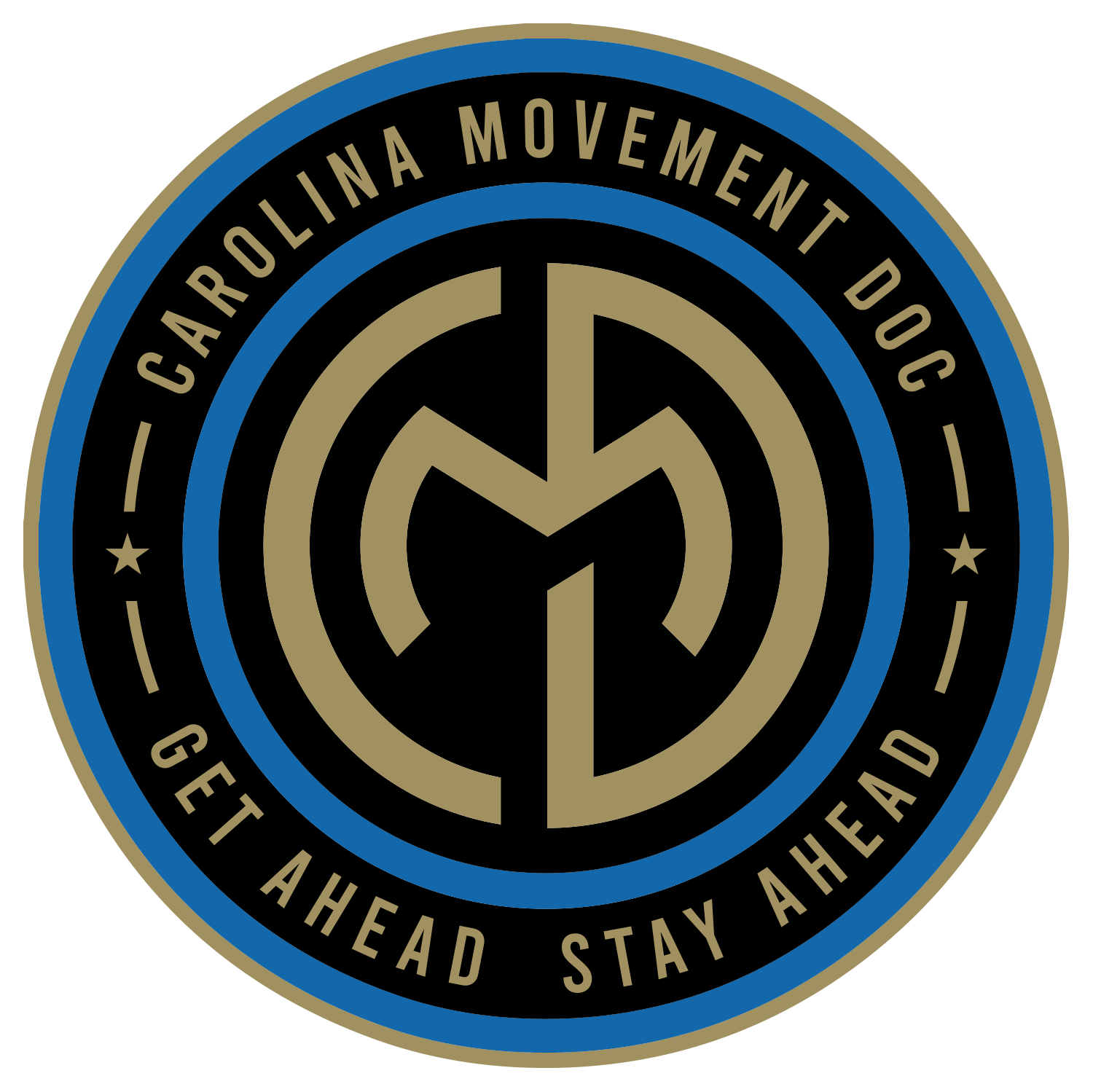Why Your Foot Weakness Is Leading to Heel Pain on the Course
Golf may not look as demanding as running or basketball, but if you’ve ever walked 18 holes at Cramer Mountain Club, Pine Island, or any Gaston County course, you know it takes a toll on your body—especially your feet.
One of the most common complaints we hear from local golfers at Carolina Movement Doc (CMD) is heel pain. Often diagnosed as plantar fasciitis, this pain can ruin your round, limit your swing, and even make walking the course miserable.
But here’s the truth: most heel pain isn’t just about the fascia—it’s about foot weakness.
How Foot Weakness Leads to Heel Pain
1. Lack of Foot Stability in Your Swing
Your feet are the foundation of your golf swing. If your foot muscles are weak, your arch collapses, your heel absorbs more stress, and over time, the plantar fascia becomes irritated.
👉 Weak feet = poor weight transfer, less stability, and more heel pain.
2. Walking the Course Adds Stress
A typical round of golf can mean walking 4–6 miles. If your feet aren’t strong enough to handle that load, your heel ends up taking the brunt of the impact—especially in golf shoes with limited support.
3. Compensation Through the Chain
When your feet don’t do their job, other muscles (like calves and hamstrings) pick up the slack. This creates tightness, stiffness, and strain that eventually shows up as heel pain.
Why Golfers in Gaston County Struggle with Heel Pain
Hard fairways and cart paths → more impact on the heel.
Long rounds → fatigue exposes weak links.
Unsupportive footwear → many golf shoes look great but don’t support the arch.
Age-related changes → as we get older, foot muscles naturally weaken without targeted training.
How CMD Treats Heel Pain for Golfers
At our cash-based PT clinic in Belmont and Cramerton, we go beyond temporary fixes. Instead of just treating the pain, we rebuild your foundation—your feet.
Our Approach Includes:
Dry Needling & Cupping → to release calf and foot tension contributing to heel pain.
Soft Tissue Mobilization (STM) → hands-on work to restore mobility in the fascia.
Targeted Foot Strengthening → exercises for arches, toes, and calves to fix the root cause.
Footwear & Recovery Guidance → including recommendations like OOFOS sandals for post-round recovery.
Strength & Conditioning Integration → so you don’t just heal—you swing stronger and walk the course pain-free.
3 Simple Foot Strength Drills Every Golfer Should Try
Toe Yoga → Lift your big toe while keeping the others down, then reverse. Builds arch control.
Calf Raises → Strengthens Achilles and plantar fascia support.
Short Foot Exercise → Press your big toe into the ground to “shorten” your arch, holding for 5–10 seconds.
(These are a great start, but golfers with heel pain benefit most from a custom plan.)
Why Cash-Based PT Works Best for Golfers
In traditional PT, heel pain might only get a quick stretch or ice pack. At CMD, our cash-pay model means we’re not limited by insurance checklists. We can combine:
1-on-1 golf-specific assessments
Hands-on treatment for immediate pain relief
Strength training to keep you playing without setbacks
The result? A faster, more permanent fix that gets you back on the course with confidence.
Play Golf Without Heel Pain This Fall
Don’t let foot weakness and heel pain ruin your game. At Carolina Movement Doc, we help Gaston County golfers stay pain-free, build strength, and improve performance on the course.
👉 Call us today at 704-879-5693 or book online now to start your path back to pain-free golf. Book Your Eval Here or Free Discovery Call
📍 Serving golfers in Belmont, Cramerton, Gastonia, and all of Gaston County, NC
